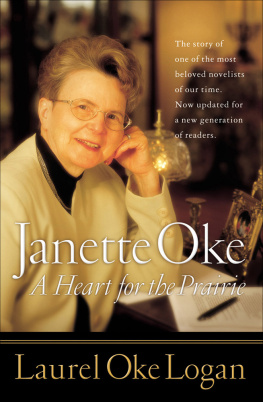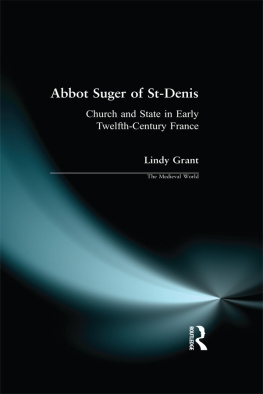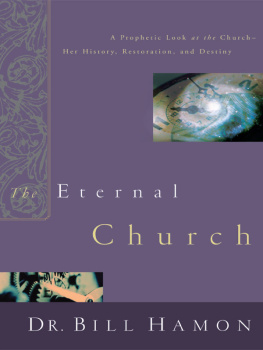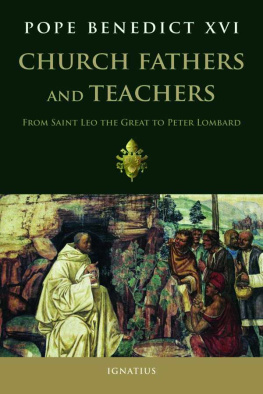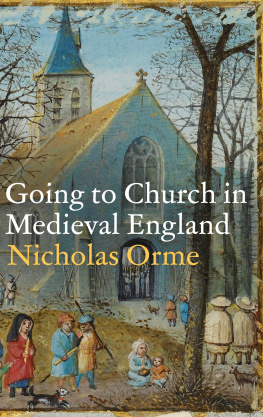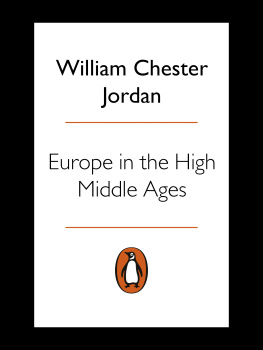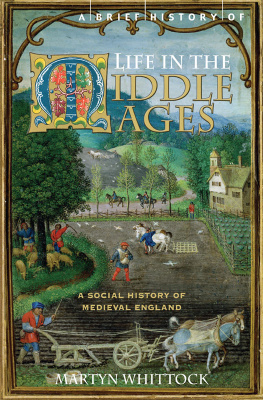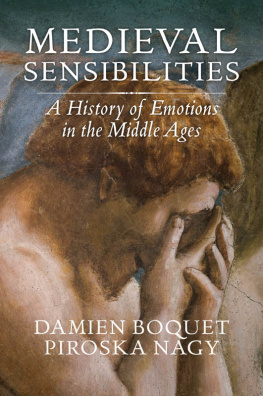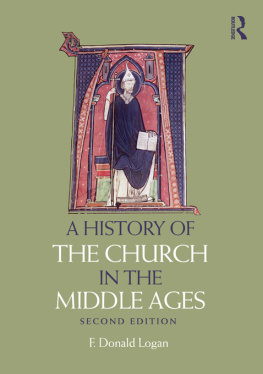A HISTORY OF THE CHURCH IN THE MIDDLE AGES
Conceptually well organized, stylistically clear, intellectually thoughtful, and pedagogically useful.
Thomas Head, Speculum
For its humane and learned approach to its enormous canvas, as well as for the cogency with which it penetrates at speed to the essentials of a vanished historical epoch, this History of the Church in the Middle Ages deserves a very wide audience indeed.
Barrie Dobson, English Historical Review
To have written a scholarly and very readable history of the Western Church over a millennium is a remarkable tour de force, for which Donald Logan is to be warmly congratulated.
C.H. Lawrence, The Tablet
A feat of historical synthesis, most confident in its telling of the coming of Christianity. Books like Logans are needed more than ever before.
Miri Rubin, TLS
In this fascinating survey, F. Donald Logan introduces the reader to the Christian church, from the conversion of the Celtic and Germanic peoples to the discovery of the New World. He reveals how the church unified the people of western Europe as they worshipped with the same ceremonies and used Latin as the language of civilized communication. From remote, rural parish to magnificent urban cathedral, A History of the Church in the Middle Ages explores the role of the church as a central element in determining 1,000 years of history.
This new edition brings the book right up to date with recent scholarship, and includes an expanded introduction exploring the interaction of other faiths particularly Judaism and Islam with the Christian church.
F. Donald Logan is Professor Emeritus of History at Emmanuel College, Boston, and Honorary Fellow of the Pontifical Institute of Mediaeval Studies, Toronto. His previous publications include The Vikings in History (third edition, 2005), The Medieval Court of Arches (2005) and Runaway Religions in Medieval England (1996).
A HISTORY OF THE CHURCH IN THE MIDDLE AGES
Second edition
F. Donald Logan

Second edition published 2013
by Routledge
2 Park Square, Milton Park, Abingdon, Oxon OX14 4RN
Simultaneously published in the USA and Canada
by Routledge
711 Third Avenue, New York, NY 10017
Routledge is an imprint of the Taylor & Francis Group, an informa business
2012, 2013 F. Donald Logan
The right of F. Donald Logan to be identified as author of this work has been asserted by him in accordance with sections 77 and 78 of the Copyright, Designs and Patents Act 1988.
All rights reserved. No part of this book may be reprinted or reproduced or utilized in any form or by any electronic, mechanical, or other means, now known or hereafter invented, including photocopying and recording, or in any information storage or retrieval system, without permission in writing from the publishers.
Trademark notice : Product or corporate names may be trademarks or registered trademarks, and are used only for identification and explanation without intent to infringe.
First published 2002 by Routledge
British Library Cataloguing in Publication Data
A catalogue record for this book is available from the British Library
Library of Congress Cataloging in Publication Data
Logan, F. Donald.
A history of the Church in the Middle Ages / F. Donald Logan. 2nd ed.
p. cm.
Includes index.
1. Church historyMiddle Ages, 6001500. I. Title.
BR252.L64 2012
270.3dc23
2011045206
ISBN: 978-0-415-66993-1 (hbk)
ISBN: 978-0-415-66994-8 (pbk)
ISBN: 978-0-203-11956-3 (ebk)
Typeset in Goudy
by Taylor & Francis Books
FOR MY SISTER, MARY ELEANOR LOGAN, AND MY BROTHER, JOSEPH LOGAN
PLATES
MAPS
FIGURES
PREFACE
This book is an introduction. It is meant to be more than a brief survey and less considerably less than an encyclopedic work. The emphasis here is largely chronological and the presentation mostly in the form of a narrative. It is based on the premise that the study of history must begin with chronology. I hope that it will not end there and that readers of this book will wish to pursue aspects of the subject to another level: the selected readings sections appended to each chapter can provide a starting point.
As a young scholar, I felt and would tell anyone who would listen that no serious research scholar should write a book like this: there are just too many areas of history crying out for scholarly investigation. Yet, without in any way abandoning a firm belief in the fundamental importance of original research, I have softened the tone and have even changed my mind. It is my hope that a straightforward narrative which presupposes no detailed knowledge of either the Middle Ages or the Christian religion will encourage the reader to share the authors enthusiasm for the subject and will stimulate an interest in the general study of history.
A book of this kind, which covers 1,000 years or so, requires difficult choices about what to include and, conversely, what to exclude. I realize that no two historians would make exactly the same choices. I am all too conscious that, in the nature of things, there is bound to be something arbitrary about inclusions and exclusions, but I take some solace in knowing that readers can turn to such books as Steven Fannings work on mystics and Jonathan Riley-Smiths studies on the Crusades to fill in the lacunae left where these difficult choices have been made.
Over the past few years I have taken advantage of friends by going on and on, almost shamelessly, about topics that appear in these pages. I thank them for their patience and tolerance. It is a pleasure to record my debt and gratitude to scholars who have generously read parts of the text and made helpful suggestions: Katherine Cushing, Keith Egan, Robin Fleming, Linda Grant, Michael Robson, Sarah Stever and Daniel Williman. The readers for the press in their thoughtful comments and suggestions have helped to improve the text enormously. To no one am I more indebted than to Michael Clanchy, who read the entire text, chapter by chapter, as it came from my printer. His comments and encouragement have been of inestimable value to me in preparing this book, and I cannot thank him adequately. I greatly appreciate the suggestions made by all of these scholars and have departed from them rarely and then, I fear, at my own peril.
Writing a book such as this reminds one of the great wealth of scholarly work that has been done and is being done in the field of medieval history. The substance of this book owes its existence to untold hundreds of scholars working in this field in the past and in the present. It is an exceptionally rich vein one is privileged to mine.
F. Donald Logan
Brookline, Massachusetts
21 September 2001
PREFACE TO THE SECOND EDITION
This book first appeared in 2002. In the succeeding decade a wealth of new literature has appeared on various aspects of this general subject. It is immensely reassuring for the author to see such excellent work, much of it done by young scholars, and to know that the light stays lit from generation to generation.

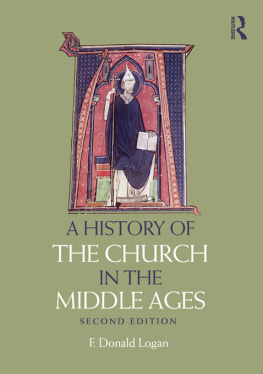
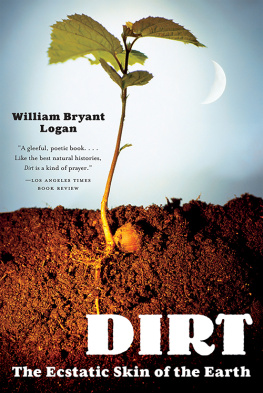
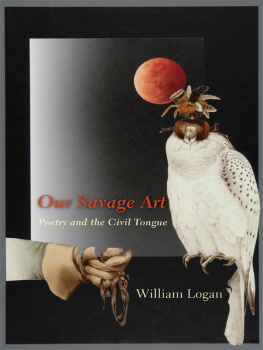
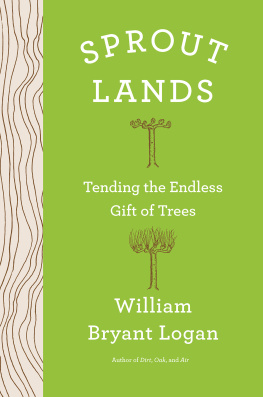
![Logan - Sprout lands [Release date Mar. 26, 2019] : tending the endless gift of trees](/uploads/posts/book/128344/thumbs/logan-sprout-lands-release-date-mar-26-2019.jpg)
